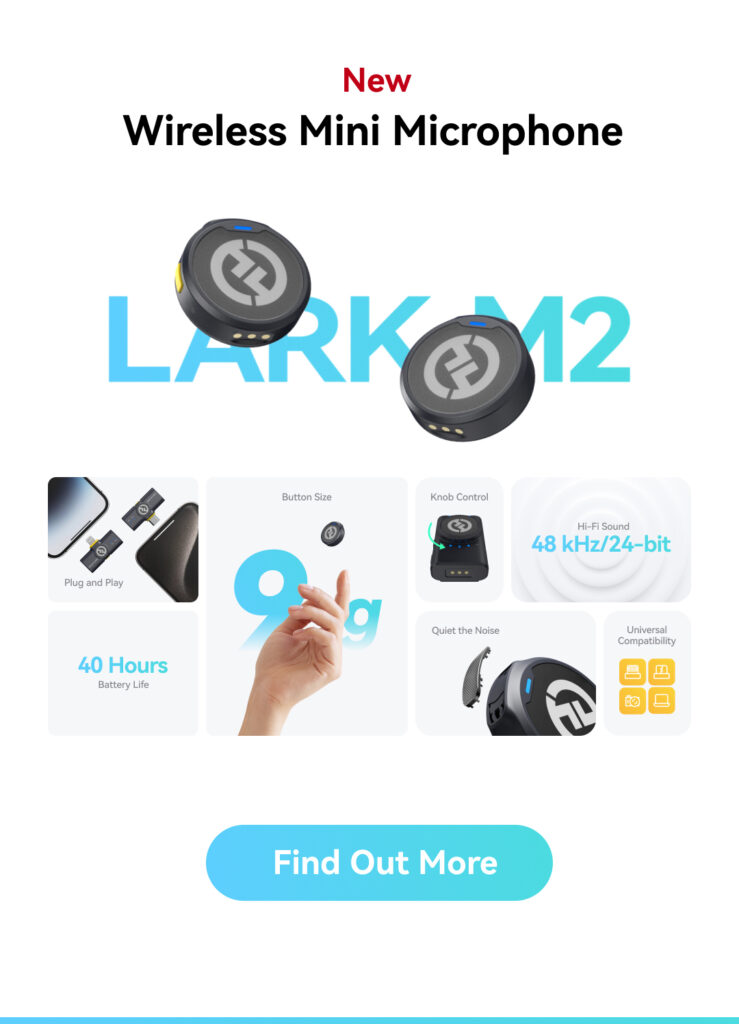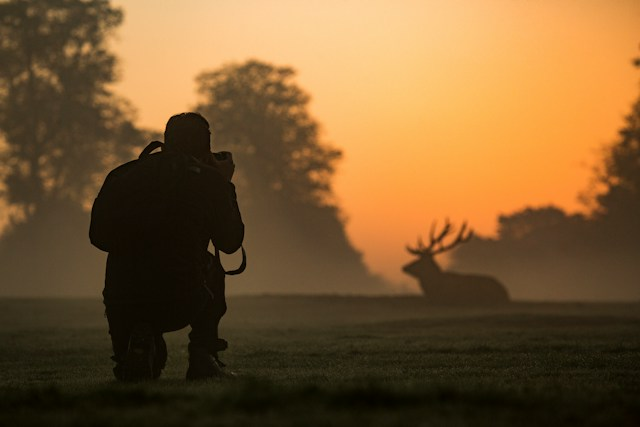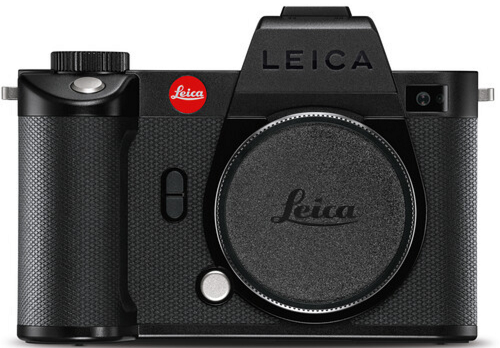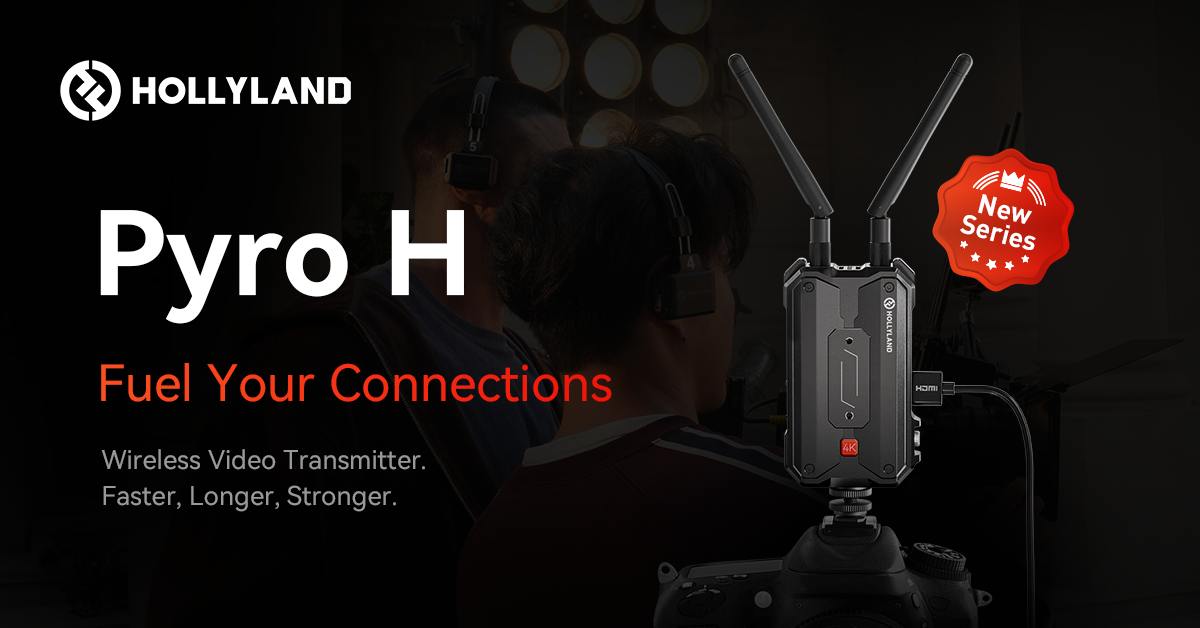Professional photography demands a mix of precision, creativity, and technical understanding. Whether taking pictures stunning landscapes, compelling graphics, or captivating moments, having the proper digicam can make all the difference in attaining superb effects. In this manual, we will explore the best eight cameras for professional photography in 2024, masking their features, strengths, weaknesses, goal users, and suitability for numerous photography genres.
1. Canon EOS R5
Overview:
The Canon EOS R5 is a flagship mirrorless digicam renowned for its astonishing resolution, speed, and video abilities. With its high-decision sensor, advanced autofocus gadget, and strong construct best, the EOS R5 empowers expert photographers to capture breathtaking photographs with remarkable element and clarity.
Pros:
– 45-megapixel full-body CMOS sensor for lovely picture quality.
– Dual Pixel CMOS autofocus with 1053 AF points for fast and accurate subject tracking.
– 8K RAW and 4K video recording with in-body photo stabilization for cinematic footage.
– Weather-sealed production for sturdiness in difficult shooting situations.
Cons:
– Limited recording time in high-decision video modes because of overheating issues.
– Relatively high fee factor as compared to a few competition.
– Large document sizes might also require enough storage area and processing strength.
Suitable for:
Professional photographers in search of uncompromising photograph pleasant and versatility in a mirrorless digital camera.
Ideal for:
Landscape images, portrait pictures, natural world images, and studio work.
2. Nikon Z9
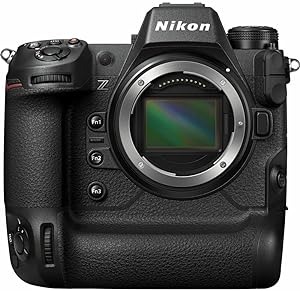
Overview:
The Nikon Z9 is a flagship mirrorless digicam designed to fulfill the needs of professional photographers, supplying amazing speed, performance, and reliability. With its present day autofocus gadget, robust build satisfactory, and excessive-velocity capturing talents, the Z9 empowers photographers to seize decisive moments with precision and self belief.
Pros:
– 45.7-megapixel complete-body stacked CMOS sensor for superb image best and low-light performance.
– Multi-CAM 37K autofocus system with 1053 phase-detection factors for instant and correct focusing.
– 8K video recording with complete-pixel readout and N-Log gamma for professional-grade video manufacturing.
– Weather-sealed construction with magnesium alloy frame for durability in harsh environments.
Cons:
– Limited lens choice in comparison to hooked up DSLR systems.
– High price point can be prohibitive for some photographers.
– Large and heavy body might not be best for journey or handheld taking pictures.
Suitable for:
Professional photographers who demand the highest stages of performance and reliability in a mirrorless digicam machine.
Ideal for:
Sports images, motion images, occasion images, and documentary photography.
3. Sony Alpha 1
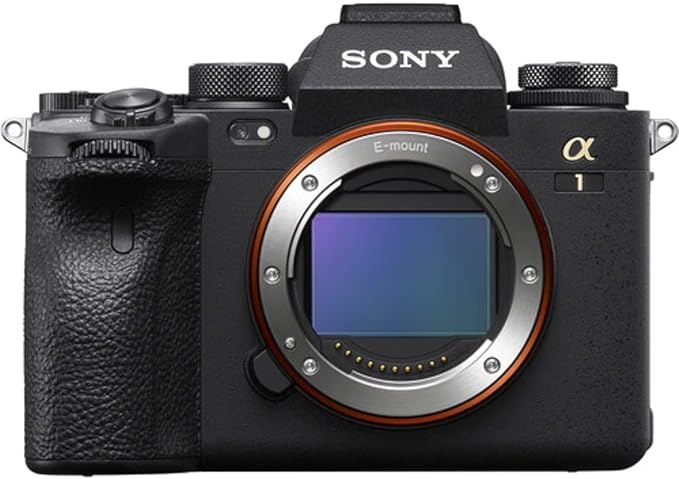
Overview:
The Sony Alpha 1 is a flagship mirrorless digital camera renowned for its groundbreaking pace, decision, and autofocus capabilities. With its 50-megapixel sensor, 30fps continuous shooting, and superior autofocus gadget, the Alpha 1 empowers photographers to capture fleeting moments with unequalled precision and clarity.
Pros:
– 50.1-megapixel full-body Exmor RS CMOS sensor for stunning photo satisfactory and dynamic range.
– Fast Hybrid AF gadget with 759 phase-detection factors and real-time tracking for accurate difficulty detection.
– 8K video recording at 30fps with 10-bit four:2:zero internal recording and 16-bit RAW output thru HDMI.
– Dual card slots (CFexpress Type A and SD UHS-II) for flexible garage alternatives.
Cons:
– Relatively high fee factor compared to other complete-body mirrorless cameras.
– Limited touchscreen capability compared to a few competitors.
– Battery lifestyles may be inadequate for extended taking pictures periods.
Suitable for:
Professional photographers who prioritize pace, resolution, and video skills in a mirrorless digicam gadget.
Ideal for:
Wildlife photography, bird images, sports photography, and excessive-speed movement pictures.
4. Fujifilm GFX 100S

Overview:
The Fujifilm GFX 100S is a medium format mirrorless digicam famend for its first-rate image first-rate, compact design, and sturdy build pleasant. With its 102-megapixel sensor, in-frame image stabilization, and weather-sealed creation, the GFX 100S empowers photographers to push the boundaries of creativity and capture beautiful photos with unequalled element and readability.
Pros:
– 102-megapixel medium layout CMOS sensor for exceptional image best and resolution.
– 5-axis in-frame photograph stabilization for up to six.Five stops of repayment for sharp handheld taking pictures.
– Compact and light-weight design compared to conventional medium format cameras.
– Weather-sealed production with magnesium alloy frame for durability in harsh situations.
Cons:
– Limited lens choice compared to complete-body and APS-C mirrorless structures.
– Relatively high charge point compared to some different medium format cameras.
– Large document sizes may additionally require sufficient garage space and processing electricity.
Suitable for:
Professional photographers who call for the ultimate in picture fine and resolution in a compact medium format camera system.
Ideal for:
Landscape photography, architectural pictures, studio photography, and excellent artwork photography.
5. Panasonic Lumix S1R

Overview:
The Panasonic Lumix S1R is a full-frame mirrorless digital camera renowned for its excessive-decision sensor, strong construct exceptional, and advanced video abilities. With its 47.Three-megapixel sensor, 6-stop picture stabilization, and 4K video recording, the S1R empowers photographers to capture lovely pictures and movies with exquisite element and clarity.
Pros:
-47.3-megapixel full-frame CMOS sensor for brilliant photograph nice and determination.
– 6-forestall Dual I.S. 2 photo stabilization for consistent handheld taking pictures in any scenario.
– 4K video recording at up to 60fps with 10-bit internal recording and V-Log/V-Gamut assist.
– Weather-sealed construction with magnesium alloy frame for durability in tough conditions.
Cons:
– Relatively massive and heavy body in comparison to some different full-frame mirrorless cameras.
– Autofocus overall performance might not be as sturdy as a few competitors.
– Limited selection of native lenses compared to hooked up digital camera structures.
Suitable for:
Professional photographers who require excessive-decision imaging abilities and superior video capabilities in a complete-body mirrorless digicam.
Ideal for:
Portrait pictures, studio pictures, business images, and video production.
6. Leica SL2-S

Overview:
The Leica SL2-S is a complete-body mirrorless camera renowned for its first rate picture satisfactory, minimalist layout, and intuitive operation. With its 24-megapixel sensor, 5-axis photo stabilization, and 4K video recording, the SL2-S empowers photographers to seize beautiful photographs and movies with timeless beauty and precision.
Pros:
– 24-megapixel full-body CMOS sensor for awesome image quality and occasional-light performance.
– 5-axis in-body photo stabilization for as much as 5.5 stops of repayment for sharp hand-held taking pictures.
– 4K video recording at as much as 60fps with 10-bit internal recording and L-Log gamma.
– Weather-sealed production with aluminum and magnesium alloy frame for sturdiness.
Cons:
– Relatively high rate factor as compared to some other full-body mirrorless cameras.
– Limited autofocus skills in comparison to some competition.
– Smaller choice of native lenses in comparison to set up camera systems.
Suitable for:
Professional photographers who appreciate undying layout, wonderful craftsmanship, and advanced photograph high-quality in a full-body mirrorless digital camera.
Ideal for:
Documentary images, avenue pictures, travel images, and black-and-white pictures.
7. Olympus OM-D E-M1X
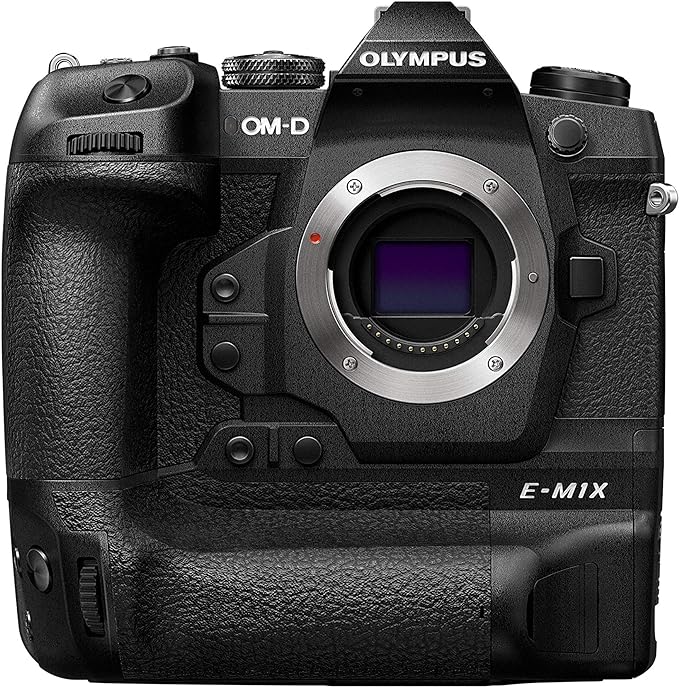
Overview:
The Olympus OM-D E-M1X is a flagship Micro Four Thirds mirrorless camera famend for its rugged build pleasant, speedy performance, and advanced features. With its 20-megapixel sensor, twin photo stabilization, and weather-sealed creation, the E-M1X empowers photographers to push the limits of creativity and capture lovely snap shots in any surroundings.
Pros:
– 20.4-megapixel Micro Four Thirds Live MOS sensor for brilliant picture pleasant and coffee-light performance.
– 7.5-prevent 5-axis in-frame photograph stabilization for sharp hand-held shooting in any scenario.
– Dual TruePic VIII photograph processors for instant performance and minimal shutter lag.
– Weather-sealed production with magnesium alloy frame for sturdiness and reliability.
Cons:
– Smaller sensor size can also bring about lower photo excellent compared to large sensor codecs.
– Limited choice of local lenses compared to full-body mirrorless systems.
– Autofocus overall performance won’t be as strong as some competition, mainly in low light.
Suitable for:
Professional photographers who require ruggedness, reliability, and speedy overall performance in a compact mirrorless digicam device.
Ideal for:
Wildlife images, sports activities photography, motion pictures, and documentary images.
8. Pentax K-3 Mark III

Overview:
The Pentax K-3 Mark III is a flagship DSLR digital camera famend for its robust build exceptional, advanced capabilities, and great photograph satisfactory. With its 26-megapixel sensor, 5-axis image stabilization, and weather-sealed production, the K-3 Mark III empowers photographers to seize stunning snap shots in any environment, from rugged landscapes to dynamic snap shots.
Pros:
– 25.73-megapixel APS-C CMOS sensor for brilliant photo exceptional and dynamic variety.
– five-axis sensor-shift image stabilization for as much as 5.Five stops of reimbursement for sharp hand held shooting.
– High-decision optical viewfinder with 100% insurance for accurate composition.
– Weather-sealed construction with magnesium alloy body for durability and reliability.
Cons:
– Larger and heavier body in comparison to mirrorless cameras.
– Limited video recording competencies in comparison to a few competitors.
– Smaller choice of native lenses as compared to set up camera structures.
Suitable for:
Professional photographers who decide upon the optical viewfinder revel in and require ruggedness and reliability in a DSLR digicam device.
Ideal for:
Landscape photography, portrait pictures, flora and fauna pictures, and astrophotography.
Choosing the Right Professional Camera:
Selecting the appropriate professional camera depends on different factors, along with your price range, photography style, desired features, and private possibilities. Here are a few key issues to preserve in thoughts when making your choice:
1. Image Quality: Evaluate the sensor length, decision, and dynamic variety to make certain it meets your photograph great requirements.
2. Performance: Consider elements including autofocus speed, continuous shooting pace, and buffer capability for capturing rapid-transferring subjects.
Three. Build Quality: Look for cameras with weather-sealed production and durable substances to resist difficult taking pictures situations.
4. Features: Assess the provision of advanced features including image stabilization, 4K video recording, and customizable controls to assist your creative imaginative and prescient.
Five. Lens Ecosystem: Check the supply of native lenses and compatibility with 1/3-party lenses to make sure you have the proper tools in your images wishes.
6. Ergonomics: Consider the digital camera’s size, weight, and ergonomic design to make certain snug managing at some point of extended taking pictures sessions.
7. Budget: Determine how plenty you’re willing to invest in a expert digital camera system, considering additional fees which includes lenses, accessories, and storage media.
By cautiously comparing these factors and evaluating the features of different professional cameras, you may make an informed decision that aligns with your innovative imaginative and prescient and aspirations inside the dynamic international of pictures. Remember, the nice digicam is the only that empowers you to seize lovely photos and inform compelling memories with passion and precision. Happy shooting!
(Note: The statistics supplied on this guide is primarily based on product specs and market tendencies as of 2024 and may be problem to alternate through the years.)



